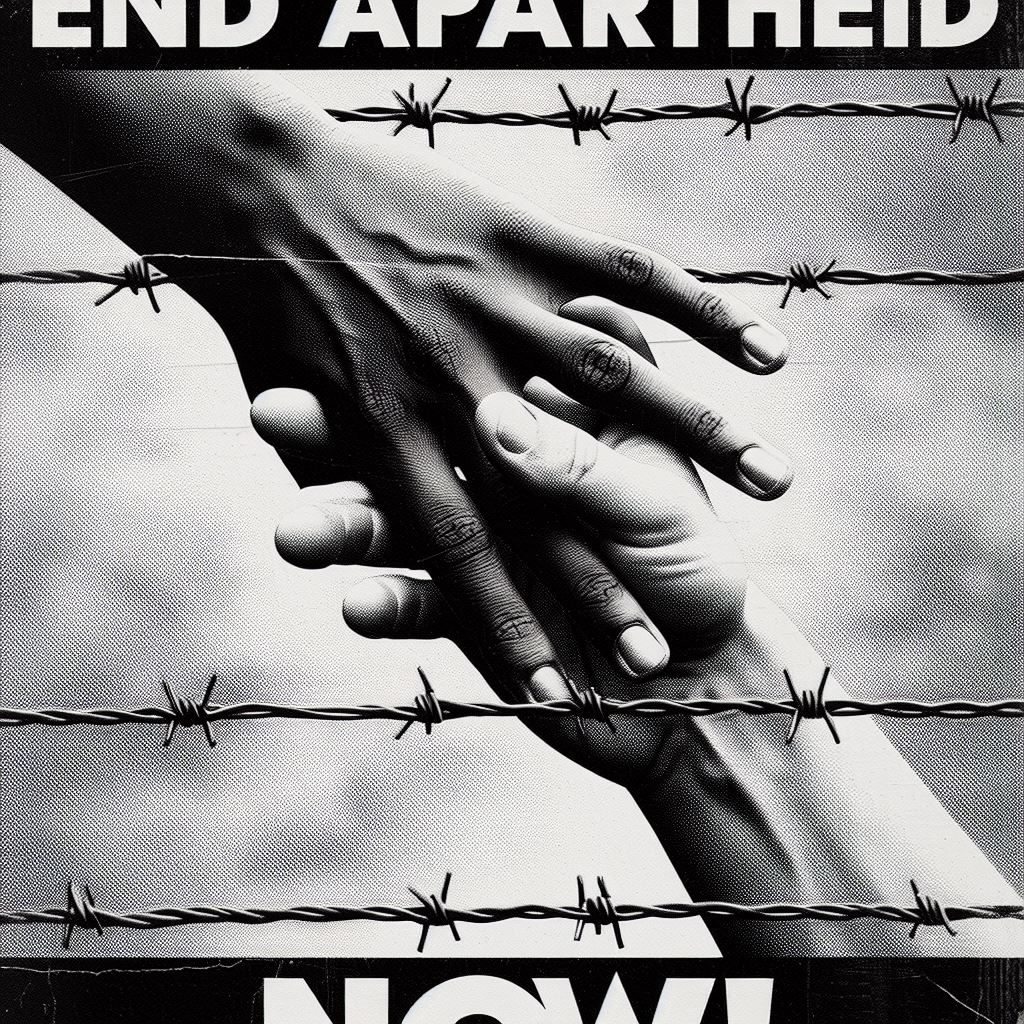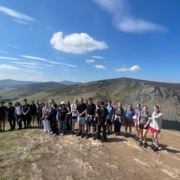The Warden’s Thoughts on …. Apartheid
I spent half term in South Africa at my old school, Tiger Kloof, with a group of 12 Columbans. In the past I have written about the extraordinary history of the school and its stand against the apartheid government, but that is not the subject of this blog.
I spent some time in the lead up to the trip telling the group about apartheid, but I am not sure what was going in. People of my generation and a little younger grew up hearing about it in the news regularly, but for the current generation it is a vague concept at best. They know nothing about townships, homelands, Sharpeville, Soweto riots, sporting boycotts etc., and although they will know the name of Nelson Mandela they probably know very little about him.
To understand South Africa now, you have to understand its history, or else it makes no sense. Why do the racial groups still live in separate parts of cities and towns? Why do some South African whites speak English and others Afrikaans? Why is there such a huge gulf between the rich and the poor? To go into the soup kitchen which I set up in 2015, surrounded by shacks and piles of uncollected rubbish, one cannot fail to ask questions and be disturbed. South African history is a little like Irish history…it is very complicated and confusing, but that does not mean that one should not try to understand it.
After most of a week at the school, we headed off to see another side of South Africa, visiting Pilanesberg, a beautiful game park. We didn’t see everything but we did see plenty and it made a great contrast with some of what we had experienced before. Then, on the way to the airport we stopped off in Johannesburg at the Apartheid Museum and I commented to my wife that this might be one thing too many; the group were tired, the weather was so hot, they were looking forward to going home. Let’s keep the visit to the Museum fairly short, I suggested, as they may not get a lot out of it.
I was wrong and felt slightly ashamed. It is a great Museum and it was apparent that the story of apartheid still has the power to shock a new generation. To the credit of the party they were gripped by the pictures, the personal stories, the brutality and the violence. They even clambered inside a Casspir, one of the armoured cars in which terrified young white boys used to patrol the townships. Be of no doubt that apartheid was dehumanising and only enforceable through violence. The sad state of South Africa now owes much to the legacy of those times…the deliberate separation of family units, migrant workers forced to work away from their families, the school boycotts, detention without trial. A regime that was enforced by violence and disenfranchisement has left its DNA in the new South Africa. Trauma does not heal overnight…it will take generations.
The genuine interest of our pupils demonstrated to me again how the story of apartheid in South Africa still has much to teach us. Next time I take a group there I want to go the Apartheid Museum on arrival and not on departure, because what you experience subsequently will make much more sense once you understand the history and the context.
South Africa can be depressing but when things are dark one can choose whether to despair or not. As the saying goes, ‘it is better to light one candle than to curse the darkness.’ I choose not to despair, as I know so many wonderful people there who make great sacrifices on behalf of others and do extraordinary things for their communities. It may have many villains but there are also many heroes and they give me hope for the future.










